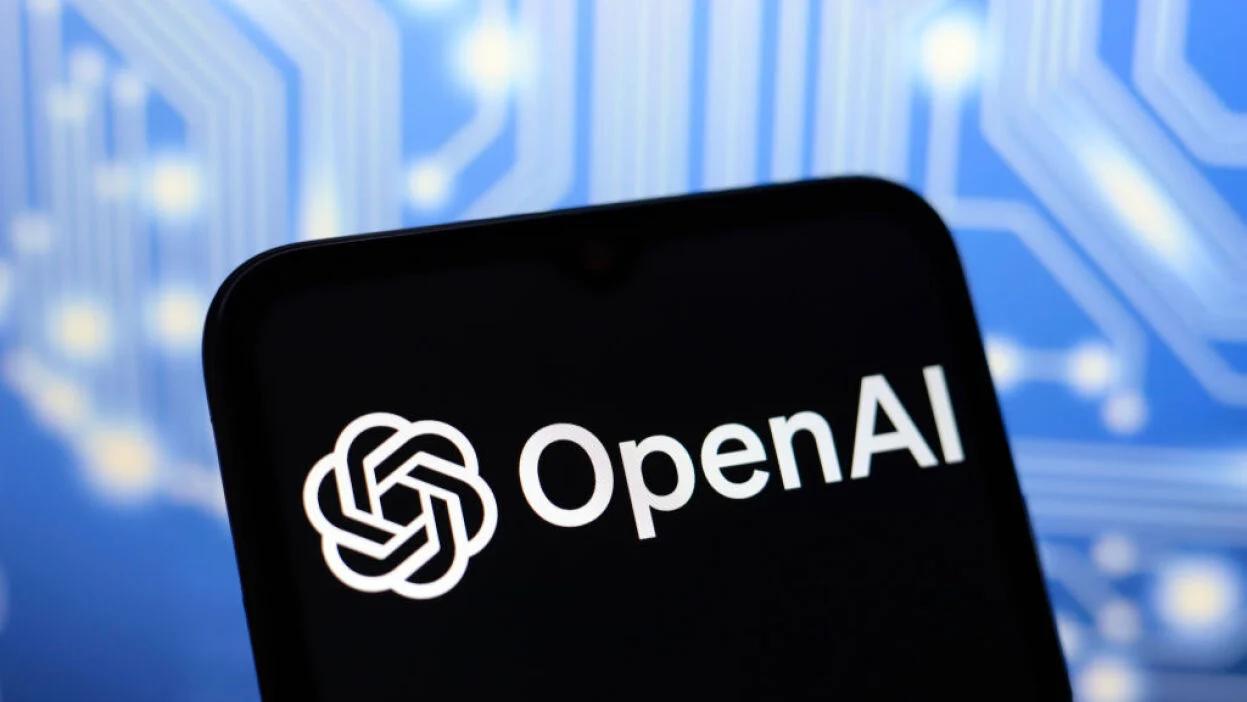
The app is built on Sora 2, the latest AI video-generation model and an upgraded version of the original model launched in February 2024. “Sora” serves as the social interface of this technology and is currently available to a limited number of users in the United States and Canada.
Fierce Competition
“Sora” enters a highly competitive market, coming less than a week after Meta Platforms introduced “Meta Vibes”, a new AI-driven video-sharing service. At the same time, YouTube has rolled out new AI video tools, while TikTok continues to expand its own AI-generated content offerings.
Platform Features
“Sora” offers a user experience similar to traditional social networks. Each user can create a profile displaying their handle, followers, and likes, resembling the interface of platforms such as X (formerly Twitter) and Threads.
What sets the app apart is that all videos are entirely generated by AI, according to Dimson, an engineer at OpenAI. He explained that while human users upload the content, the videos themselves are fully AI-created not produced by automated bot accounts.
The app also introduces a new feature called “Cameo,” which allows users to include someone in a video with their consent simply by making a natural language request. In one demo, OpenAI engineer Rohan Sahay created a realistic video of himself playing on the main court at the US Open Tennis Championship, followed by a “press conference” after his virtual victory.
Between Creativity and Concern
“Sora” aims to empower users to produce creative visual content and interact with videos made by friends and creators. However, its release has also sparked concerns about deepfakes and misinformation.
Sahay emphasized that the app is built on models designed to reduce harmful or misleading content, adding that OpenAI is taking a conservative approach to content moderation to ensure user safety.
OpenAI has not yet announced a global launch date for “Sora,” but many expect it to reshape the future of video creation and digital storytelling.



